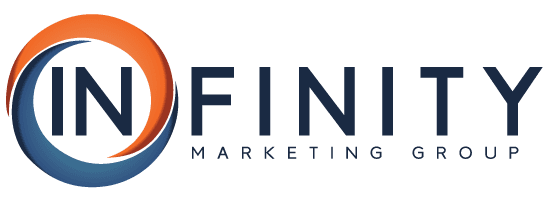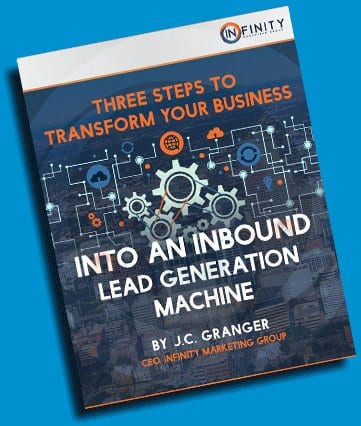SEO: Three simple letters that seem to confuse the hell out of even the most internet savvy tech marketer. But on-site SEO, or search engine optimization, can be simplified once you understand how search engines find and serve pages to their users. Search engines are a program just like any other, and once you understand the logic behind them, it becomes much easier to optimize your on-site SEO in a way that will rocket your tech company’s website up the search rankings.
Define Your Keywords
Your keyword choice will determine what search engines think your web page is about. These keywords will also be what search engines use to determine whether or not your web page is relevant to a particular user’s search. This is why it’s important to choose your keywords carefully and to consider the exact terms your customers are actually using.
For example, if you are a SaaS company advertising part-share ETF trading for millennial or older Gen Z investors, you may not actually want to use “part-share ETF trading” as a main keyword. Though the older end of your customers might know that what they’re looking for is to buy shares in an exchange-traded fund, your younger customers will probably not have the experience to pinpoint what they’re looking for so technically. Instead, they may be more likely to be searching terms like “easy stock market investing.”
Optimize Meta Data & Content
Once you know your keywords, it’s important to seed them into your meta data. Whatever content management system you’re using to edit and post your pages will have a section where you can find the page’s metadata and customize it to include the keywords. Important places to include your keywords are:
- The URL of your page (what’s found in the address bar)
- The H1 title of your page (the name of your page or article)
- The meta description of your page (the page summary that shows up in a search engine)
- The page title of your page (what text appears on the browser tab. Yes, this is different from your H1 title!)
- The alt img descriptions of any included images (text describing the image so search engines can understand what’s in it), and
- In the page content itself.
It might be tempting to shove as many keywords as possible in for one page, or to bloat the page’s content with the keyword even where it doesn’t necessarily fit, but search engines are getting smarter. A search engine’s job is to show the user web pages it thinks will be most relevant to their search query—and a well-written, informative page will be more relevant and useful than a page that’s nothing but the words “network integration software,” for example, over and over.
Add Internal Links
Let’s say you are a tech company that specializes in the resale and installation of networking hardware. You are likely to have pages written on servers, data backup, switches, individual computers and more. While each page should stick to its own individual subject (see above point about not trying to cram multiple keywords into one page) it’s actually very helpful to link to other pages on your site where relevant in the text.
For example, if the page you’re working on is the page on cloud storage or VPN services, you’re also likely to be talking about the quality and dependability of the servers the remote files are stored on. That can be a great opportunity to hyperlink the words “dependable servers” to the page on servers. Ideally, the inbound link will use the keyword of the page it’s pointed towards in the hyperlink text.
Have a Sitemap
A sitemap is pretty much exactly what it sounds like: a readable map detailing all of the pages on your site. This is a specific file that exists on your site and is designed to list all of your web pages in a way that indicates their subject matter and relationship to other pages. If you have a menu that lists all your product categories, and then that product category’s page has sub-pages with product descriptions, the page about the product category is considered the page about a product’s “parent.”
Parent pages are given a higher priority to search engines because they act as short summaries of what can be found in its sub-pages, much like chapter headings in a book. If you click on a menu link that says “Software Features,” you would likely expect any sub-pages to be about the software’s important features. The search engine reads the sitemap the same way.
Add New Content Often
Relevant keywords are not the only thing a search engine looks for when choosing what pages to show a user. They also try and measure the authority of a web page. In other words, they use algorithms to try and determine how knowledgeable and current the information on a web page is. And search engines know that, if you compare an article on iPhone apps from 2006 and one on iPhone apps from today, the latter is likely the more up to date article.
If you routinely add new articles on your blog and update the content on your company web pages, search engines will be able to see that the information was recently updated and is therefore up to date. Adding new content also allows you to target more keyword variations and tells search engines your tech company knows a subject deeply and thoroughly, also raising its opinion of your company as an authority in its field of expertise.








